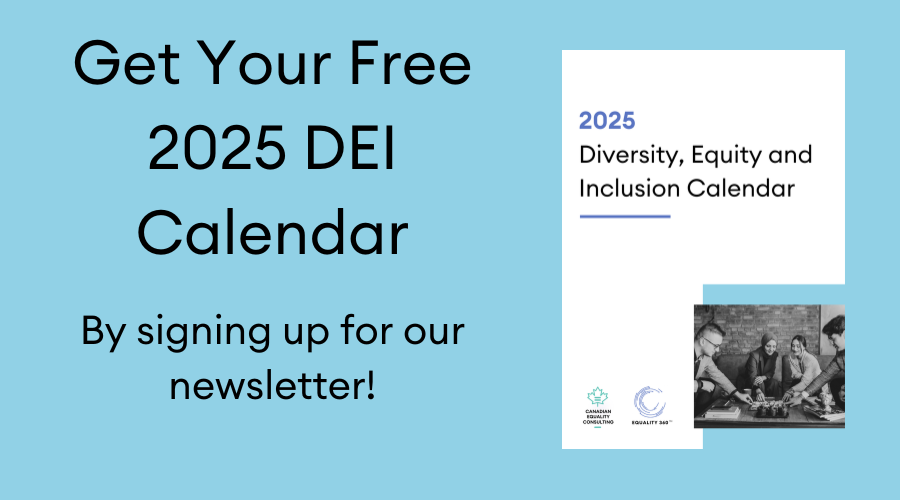
Why Diversity and Inclusion Efforts Fail
In our previous blog post in our series on Diversity & Inclusion, we discussed concrete examples of Workplace Diversity & Inclusion, and how these values can actually be tangibly implemented within an organization. In this post, we discuss why diversity and inclusion efforts may fail, and how to avoid these common pitfalls.
The first reason diversity and inclusion efforts fail is that progress is hard to measure. Marking progress on qualitative abstracts such “a sense of belonging” or whether “employees feel valued,” presents obvious logistical difficulties. The Harvard Business Review notes that in order to correctly mark progress on diversity and inclusion efforts, organizational leadership must define “inclusion,” gather consistent feedback from employees, and confirm an accountability mechanism to ensure that recommendations are acted upon. It can be a challenging but not impossible process to attain accurate data on diversity and inclusion within your organization.
A second reason diversity and inclusion efforts may fail is that feedback is malleable. Thoughts and opinions change over time, particularly in our current hybrid work environment, and capturing opinions accurately and then acting quickly upon these findings presents challenges. Unlike a stagnant metric, such as company profit on a specific date, inclusion and diversity practices presents different needs at different times. This means that check-ins from company leadership need to be more frequent and they need to ask the right questions. Again, this presents definite challenges, particularly if it’s not the way a workplace has traditionally operated, but it is fully achievable with the guidance of diversity and inclusion experts.
A third reason that diversity and inclusion efforts may fail is a lack of accountability. This may include accidental oversight, such as taking too long to enact diversity and inclusion plans after receiving feedback, or a systemic lack of transparency within an organization. Purposefully creating concrete, short-term deadlines to enact new organizational plans, accounting for potential implementation challenges in advance, and communicating the real change that is taking place are ways to combat a perceived or real lack of accountability on diversity and inclusion issues.
Fourthly, a lack of commitment will cause diversity and inclusion initiatives to fail. This can take many forms, including leadership not taking onboard feedback, a lack of reflection and willingness to change company practices, or engaging in tokenism, as discussed in our blog defining Workplace Inclusion. When organization leaders do not actively work to change workplace practices, including human resources, performance measurement, and succession plans, diversity and inclusion practices cannot succeed. Political will is necessary to creating a more inclusive organization.
Ultimately, while there are a number of ways that diversity and equity initiatives can fail in a workplace, the support of professional diversity and equity experts can ensure success. Need help with building workplace diversity and inclusion? Contact Canadian Equality Consulting and begin a discussion on how to make your workplace more responsive to the needs of your diverse employees.

